Project Development
Thinking about the planning involved within my exhibition including the venue, getting artist works, and health and safety/ethics. There is a lot to think about in terms of curating in the library space; working around the daily running of the library and where artworks could be in the space. I am pretty sure that I will have artwork displayed on the 1st floor only as this is a more suitable space for an exhibition and remedies the organisational question of not interfering too much with the space as one of study/reading.
I believe attending exhibitions is the best way to find and secure artists, sometimes seeing how a certain work performs in a space makes curatorial thoughts and ideas more fixed and reasoned. I will also complete a proposal to MA Creative Writing students as I think it would be interesting to include other perspectives of
New Modes of Expression Amongst Major Shifts
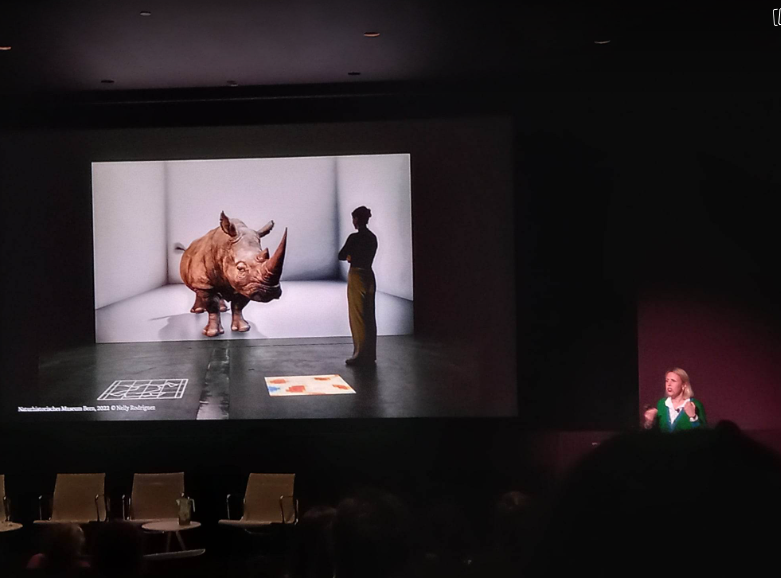
The Substitute. Alexandra Daisy Ginsberg. 2019.
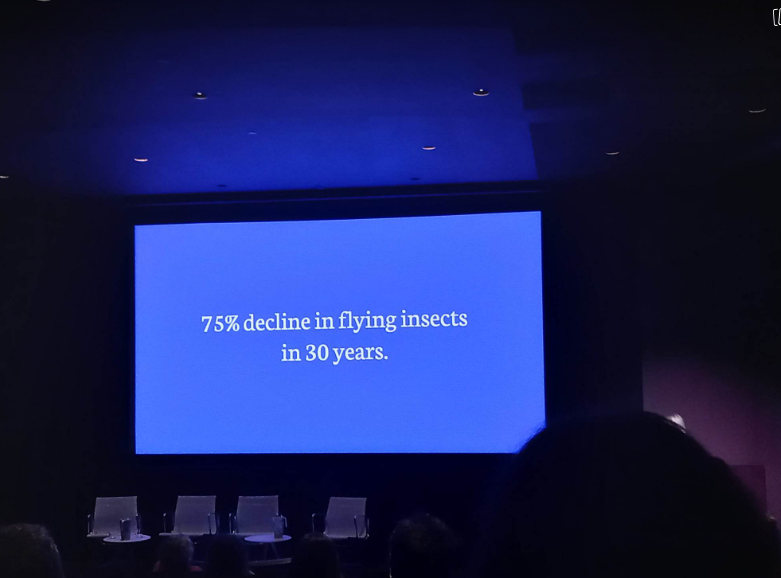

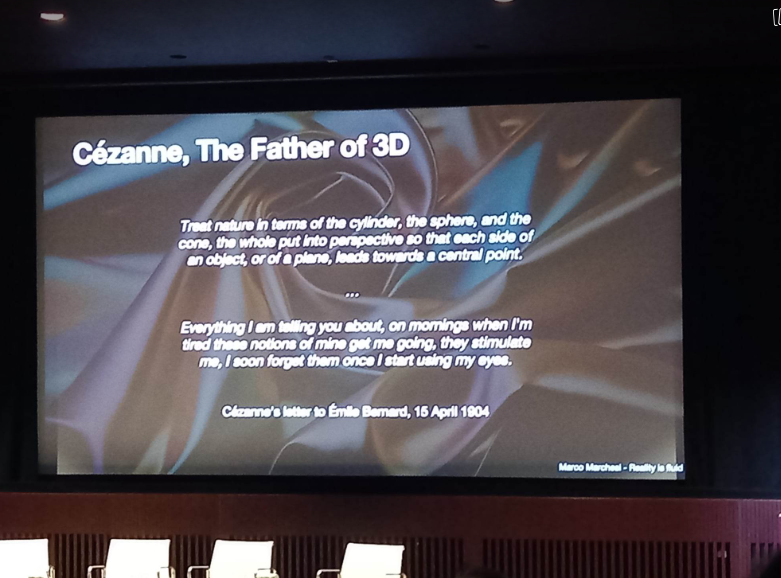

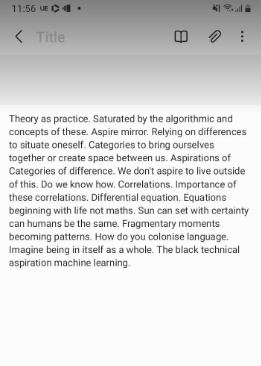
Importance of practice shares and showing research to an audience. These were very detailed with engaging visuals (powerpoint images and videos) to support research and outcomes; each beginning with a question that they felt needed answering and interrogating visually. This talk considered varied research situated in technology, representation and the confines of online spaces. These speakers were chosen in response to the Cezanne exhibition at Tate Modern, especially the impressionist landscape, reductions of information and imagery, and the body. It was interesting hearing this individual research; how it has developed, why, and the impact it has on others. Hearing how a piece of research took on forms of artworks was beneficial to learn about in relation to the development of my curatorial project and how the research I have undertaken can shape into an exhibition. I need to focus more on the why in my curatorial project to reach an outcome that can inhabit knowledge around my theme.
Dr Alexandra Daisy Ginsberg’s work The Substitute, features a northern white rhinoceros, that is now extinct, being brought back to life with artificial intelligence. It begins with a pixelated image that takes the shape of a rhino who gradually solves its box like surroundings. This is shown in the Natural History Museum, Bern, amongst real specimens of natural history. I find this artist intervention in a museum interesting as the artwork evokes questions regarding a museum collection and allows audiences to view this in a different way. This introduces debate around site-specificity, especially around an art-historical context. In Public Art: Theory, Practice and Populism, Cher Krause Knight states that museums expose frictions between the public and the private (1); how items have came from private collections and carry a tag of who they belong to. The Substitute being shown in this museum highlights this further in terms of authorship of AI, online space and museum collections and archives. As the Natural History Museum is a mostly free space, this commission would be seen by many varying audiences, furthering its intrepid question of human impact causing mass extinction and human impact, in the form of AI to attempt to bring species back. I believe the above statement made by Knight is relevant to my project regarding the library space and how I see this space as having massive social potential of discovery and exchange; an expanding learning envrironme
1 Public Art: Theory, Practice and Populism. Cher Krause Knight. John Wiley and Sons, Incorporated. 2008
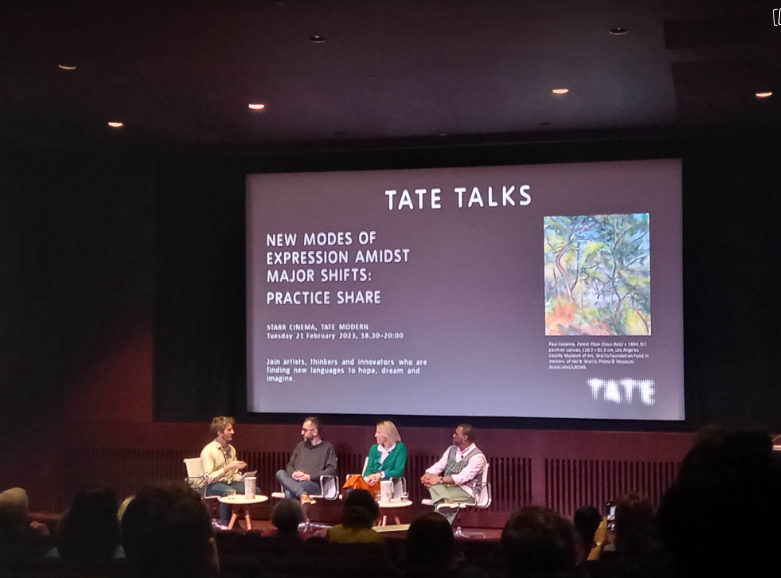


Leave a Reply